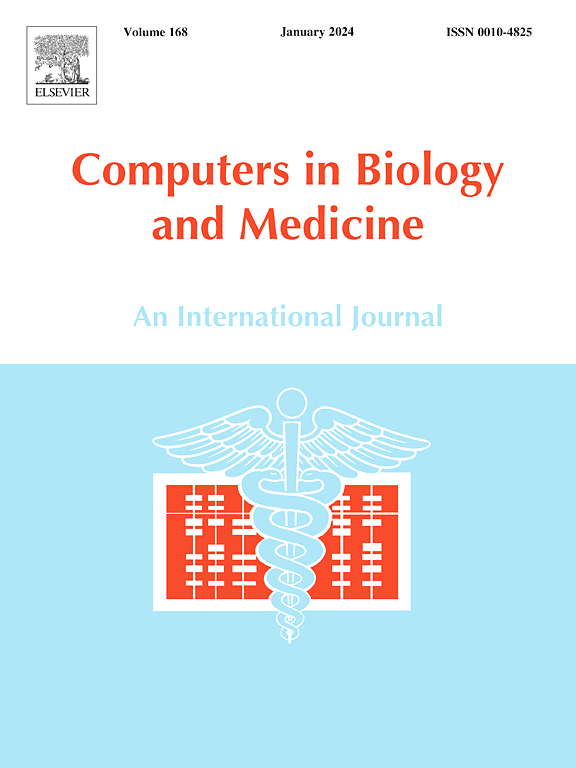Impact of workflow variability on image-based intracranial aneurysm hemodynamics
IF 7
2区 医学
Q1 BIOLOGY
引用次数: 0
Abstract
The interplay between intracranial aneurysm progression and hemodynamics motivates the application of image-based blood flow quantification, providing potential for the identification of high-risk aneurysms, treatment planning, and implant optimization. However, uncertainties arise throughout the interdisciplinary process, from medical imaging to parameter evaluation.
This study systematically analyzes uncertainty globally, at individual workflow steps and for potential interactions. Eight factors affecting hemodynamic simulation accuracy — image reconstruction, lumen segmentation, surface smoothing, rheological modeling, inlet/outlet boundary condition, ostium/parent vessel definition — are varied for four representative patient-specific intracranial aneurysms. A total of 1024 transient simulations are evaluated considering twelve hemodynamic parameters to assess marginal and interaction effects.
Global uncertainty analysis reveals median absolute deviations of 20.8–25.9 % for maximum velocity (Vmax), 6.8–19.2 % for inflow concentration index (ICI), 10.8–40.8 % for normalized wall shear stress (WSSnorm) and 2.8–48.9 % for low shear area (LSA). Isolated variation demonstrates the highest median deviations for the reconstruction algorithm (Vmax: 4.0–7.0 %, ICI: 6.8–18.9 %, WSSnorm: 13.3–25.1 %, LSA: 2.4–16.0 %), inlet (Vmax: 41.5–52.4 %, ICI: 1.4–8.6 %, WSSnorm: 14.6–28.5 %, LSA: 5.5–93.5 %) and outlet boundary condition (Vmax: 2.0–36.5 %, ICI: 0.6–39.9 %, WSSnorm: 2.4–83.2 %, LSA: 1.9–53.5 %). Lowest median deviations are found for rheological modeling and surface smoothing. Only minor interaction effects are observed between the reconstruction algorithm and inlet definition, as well as between inlet and outlet definitions.
This study identifies pivotal variables essential for consistent hemodynamic quantification of intracranial aneurysms. Minimal interaction effects validate the isolated analysis of influencing factors in the majority of cases.

求助全文
约1分钟内获得全文
求助全文
来源期刊

Computers in biology and medicine
工程技术-工程:生物医学
CiteScore
11.70
自引率
10.40%
发文量
1086
审稿时长
74 days
期刊介绍:
Computers in Biology and Medicine is an international forum for sharing groundbreaking advancements in the use of computers in bioscience and medicine. This journal serves as a medium for communicating essential research, instruction, ideas, and information regarding the rapidly evolving field of computer applications in these domains. By encouraging the exchange of knowledge, we aim to facilitate progress and innovation in the utilization of computers in biology and medicine.
 求助内容:
求助内容: 应助结果提醒方式:
应助结果提醒方式:


